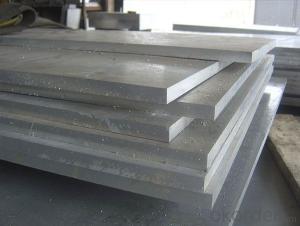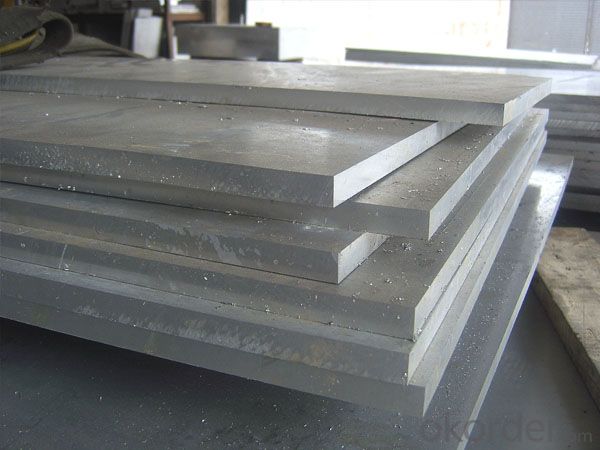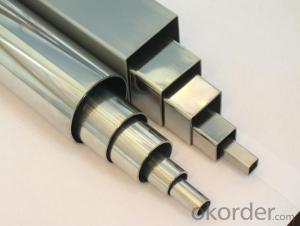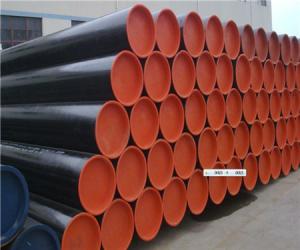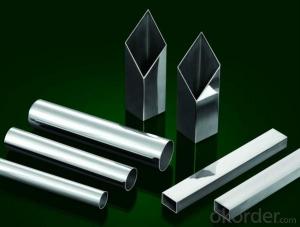High quality 1mm thick 201 stainless steel plate
- Loading Port:
- Tianjin
- Payment Terms:
- TT OR LC
- Min Order Qty:
- 100 kg
- Supply Capability:
- 1000 kg/month
OKorder Service Pledge
Quality Product, Order Online Tracking, Timely Delivery
OKorder Financial Service
Credit Rating, Credit Services, Credit Purchasing
You Might Also Like

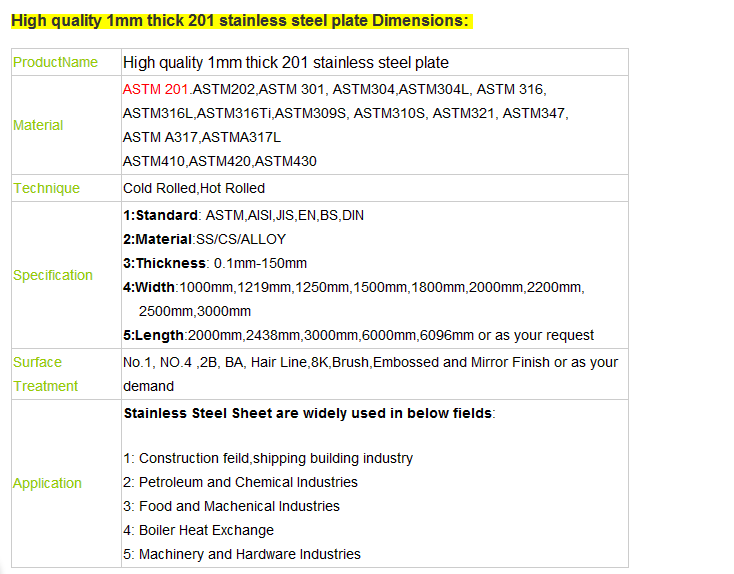
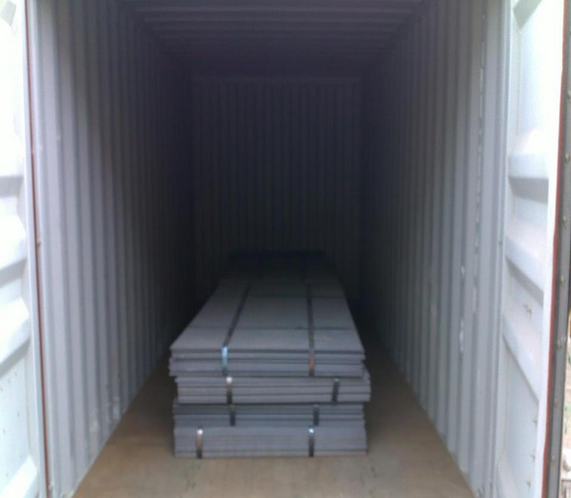
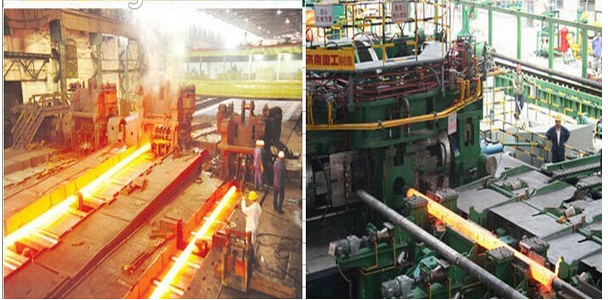
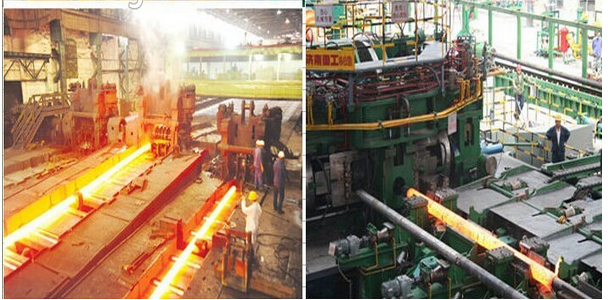
- Q: What is the maximum length of stainless steel pipes available?
- The maximum length of stainless steel pipes available can vary depending on the manufacturer and supplier. Generally, stainless steel pipes can be produced in lengths up to 12 meters (40 feet). However, it is important to note that some manufacturers may offer longer lengths as per customer requirements. Therefore, it is recommended to check with the specific manufacturer or supplier to determine the maximum length of stainless steel pipes they offer.
- Q: Can stainless steel pipes be used for gas applications?
- Yes, stainless steel pipes can be used for gas applications. Stainless steel is highly resistant to corrosion and can withstand high temperatures, making it a suitable material for transporting gases. Additionally, stainless steel pipes have excellent strength and durability, ensuring the safety and reliability of the gas system. They are commonly used in industrial, commercial, and residential applications where gas is being transported. However, it is essential to ensure that the stainless steel pipes being used meet the specific requirements and standards for gas applications to ensure proper installation and performance.
- Q: What is the difference between Type 304L and Type 316L stainless steel pipes?
- Type 304L and Type 316L stainless steel pipes are both popular choices for various applications due to their corrosion-resistant properties. However, they differ in their composition and performance in specific environments. The main difference lies in their alloy content. Type 304L stainless steel contains 18-20% chromium and 8-12% nickel, while Type 316L stainless steel contains 16-18% chromium, 10-14% nickel, and 2-3% molybdenum. The addition of molybdenum in Type 316L enhances its resistance to corrosion, particularly in chloride-rich environments. This makes Type 316L more suitable for applications where the pipes will be exposed to seawater, brine, or other aggressive chemicals. Another distinguishing factor is their mechanical properties. Type 316L stainless steel has slightly higher tensile strength and yield strength compared to Type 304L. It also exhibits better creep and stress rupture properties, making it more suitable for high-temperature applications. However, Type 304L is still a good choice for most general-purpose applications and offers excellent durability and longevity. In terms of cost, Type 316L stainless steel pipes are generally more expensive than Type 304L due to the added alloying elements. Therefore, the choice between the two will depend on the specific requirements of the application, considering factors such as the corrosive environment, temperature, and budget. Overall, while both Type 304L and Type 316L stainless steel pipes offer excellent corrosion resistance, Type 316L provides superior performance in more aggressive environments and higher temperatures. It is important to consult with a materials expert or engineer to determine the most suitable stainless steel pipe for a specific application.
- Q: What is the maximum temperature stainless steel pipes can handle?
- The maximum temperature that stainless steel pipes can handle depends on the specific grade of stainless steel being used. Generally, stainless steel is known for its high temperature resistance and can withstand temperatures ranging from -150°C (-238°F) to 1100°C (2012°F) without losing its structural integrity. However, the exact maximum temperature will vary based on factors such as the grade of stainless steel, the specific application, and the duration of exposure to high temperatures. It is important to consult the manufacturer's specifications and guidelines to determine the maximum temperature limit for a particular stainless steel pipe.
- Q: Can stainless steel pipes be used for high-pressure applications?
- Indeed, high-pressure applications can utilize stainless steel pipes. Renowned for their exceptional corrosion resistance, strength, and durability, stainless steel proves to be a fitting choice for managing high-pressure fluids or gases. Without succumbing to deformation or leakage, stainless steel pipes endure immense pressures, guaranteeing the secure and effective transportation of fluids across diverse industries such as oil and gas, chemical processing, and power generation. Moreover, their ability to withstand extreme temperatures further amplifies their aptness for high-pressure applications.
- Q: What is the difference between seamless and EFW stainless steel pipes?
- Seamless stainless steel pipes are manufactured through a process where a solid billet is heated and pierced to form a hollow tube without any seams or joints. On the other hand, EFW (Electric Fusion Welded) stainless steel pipes are made by welding the edges of a stainless steel plate or strip to form a tubular shape. The main difference lies in the manufacturing process, with seamless pipes having a higher strength and more uniform structure compared to EFW pipes. Seamless pipes are commonly used in industries requiring high pressure and temperature applications, while EFW pipes are suitable for general-purpose applications.
- Q: What is the typical wall thickness for stainless steel pipes?
- Depending on the application and specific requirements, the wall thickness of stainless steel pipes can vary. Generally, there is a wide range of wall thickness options available for stainless steel pipes. For typical applications like plumbing or industrial use, the wall thickness can range from Schedule 5S (0.049 inches or 1.24 mm) to Schedule 80S (0.218 inches or 5.54 mm). It's worth mentioning that for specialized applications or projects with specific requirements, the wall thickness can be customized accordingly. In summary, factors such as the intended use, pressure requirements, and structural considerations should be taken into account when selecting the appropriate wall thickness for stainless steel pipes.
- Q: Can stainless steel pipes be used for underground gas lines?
- Yes, stainless steel pipes can be used for underground gas lines. Stainless steel is highly resistant to corrosion and can withstand extreme temperatures, making it a suitable material for underground gas distribution systems. Additionally, stainless steel pipes have a long lifespan and require minimal maintenance, making them a reliable choice for underground gas line installations.
- Q: What is the lifespan of stainless steel pipes?
- The lifespan of stainless steel pipes can vary depending on various factors such as the grade of stainless steel used, the environment in which they are installed, and the maintenance and care they receive. However, in general, stainless steel pipes have a long lifespan compared to other materials commonly used for piping systems. Stainless steel pipes are known for their durability and corrosion-resistant properties. They are designed to withstand harsh conditions, high temperatures, and various corrosive substances, making them suitable for a wide range of applications. This inherent resistance to corrosion allows stainless steel pipes to have a longer lifespan than pipes made from materials like carbon steel or plastic. In ideal conditions and proper maintenance, stainless steel pipes can last for several decades or even longer. In some cases, stainless steel pipes have been known to last for over 100 years. However, it is important to note that the actual lifespan can vary depending on the specific application and the level of care provided. Regular inspection, maintenance, and cleaning can help extend the lifespan of stainless steel pipes. This includes removing any deposits or buildup that may occur over time, as well as addressing any signs of corrosion or damage promptly. Additionally, choosing the appropriate grade of stainless steel for the intended application can also contribute to a longer lifespan. Overall, stainless steel pipes are known for their durability and longevity. With proper care and maintenance, they can provide reliable and efficient performance for many years, making them a popular choice in various industries and applications.
- Q: What is the difference between 201 and 316 stainless steel pipes?
- The main difference between 201 and 316 stainless steel pipes lies in their composition and properties. While both are corrosion-resistant, 316 stainless steel has higher corrosion resistance due to the presence of molybdenum. Additionally, 316 stainless steel is more durable and has better strength and heat resistance compared to 201 stainless steel, which makes it suitable for more demanding applications such as marine environments and chemical processing industries.
Send your message to us
High quality 1mm thick 201 stainless steel plate
- Loading Port:
- Tianjin
- Payment Terms:
- TT OR LC
- Min Order Qty:
- 100 kg
- Supply Capability:
- 1000 kg/month
OKorder Service Pledge
Quality Product, Order Online Tracking, Timely Delivery
OKorder Financial Service
Credit Rating, Credit Services, Credit Purchasing
Similar products
Hot products
Hot Searches
Related keywords
